55 Flavor-Packed Asian Herbs Spices Every Kitchen Needs
Asian herbs and spices transform ordinary meals into extraordinary culinary experiences, creating vibrant flavor landscapes that dance across taste buds.
Carrying centuries of cultural wisdom and traditional healing practices, these aromatic ingredients are treasured botanical wonders.
Generations of cooks have carefully cultivated and preserved these remarkable botanical treasures, passing down knowledge through intricate recipes and family traditions.
Each herb and spice tells a unique story of regional agriculture, climate, and cultural significance that extends far beyond simple seasoning.
Powerful medicinal properties often accompany these remarkable ingredients, offering wellness benefits that complement their incredible taste sensations.
Ancient cooking techniques and modern gastronomy intersect through these botanical wonders, bridging generations of culinary innovation.
Passionate food enthusiasts appreciate how these ingredients elevate dishes from mundane to magnificent, unlocking complex flavor dimensions.
Our comprehensive list provides insights into 39 essential Asian herbs and spices that will revolutionize your cooking approach:
Asian Herb and Spice Types That Transform a Dish
The right herb or spice can transport you straight to Asia’s bustling markets and kitchens. Add a dash of adventure with these essential flavors.
Garam Masala
Garam masala is a powerful Indian spice blend radiating warmth through its complex mix of ground spices like cinnamon, cumin, cardamom, cloves, and peppercorns.
Northern India crafted this aromatic mixture to generate body heat during cold winter months.
Each blend balances different proportions of spices depending on local traditions.
Cooks grind fresh spices to create intense flavor profiles.
Families pass down unique recipes through generations.
Traditional preparation involves carefully toasting and grinding whole spices.
Restaurants and home kitchens use garam masala to enhance meat, vegetable, and rice dishes with deep, multilayered tastes.
Sansho Pepper
Sansho pepper represents an electrifying Japanese spice with unique citrusy, numbing flavor profiles derived from green peppercorns native to East Asian regions.
Japanese cuisine treasures this ingredient for its complex aromatic characteristics and distinctive zesty notes.
Traditional preparations include seasoning fish, grilled eel, and barbecue dishes with these intense green kernels.
Closely related to Sichuan pepper, sansho grows prolifically in Japan, China, and North Korea.
Professional chefs value its ability to enhance umami flavors in multiple dishes.
Culinary experts often combine sansho with complementary spices like sesame and ginger.
Japanese cooking frequently incorporates this spice in regional specialty preparations.
Medical research suggests potential health benefits from its natural compounds.
Ceylon Cinnamon
Ceylon cinnamon stands out as a delicate, sweet spice harvested exclusively from Sri Lankan trees with remarkable health benefits.
Sri Lankan farmers carefully extract this lighter-colored, fragrant bark from specific tree varieties native to their region.
Medical researchers highlight its unique antioxidant profile, containing proanthocyanidins similar to those found in grapes and green tea.
Unlike harsher cinnamon cassia, this variety lacks coumarin, making it safer for regular consumption.
Ceylon cinnamon supports glucose metabolism and potential weight management efforts.
Its subtle flavor profile distinguishes it from more common cinnamon types.
Nutritionists recommend this spice for its gentle taste and potential metabolic advantages.
Scientific studies continue to explore its promising health-protective properties.
Sichuan Pepper (Hua Jiao)
Sichuan pepper sparks a unique sensory experience with its distinctive mouth-numbing sensation and citrusy flavor profile.
Native to China's Sichuan province, this dried berry from an ash shrub delivers a powerful tingling effect that distinguishes it from traditional black or red peppers.
Ground or roasted, Sichuan pepper transforms dishes like kung pao chicken, bang bang chicken, and dan dan noodles with its complex taste.
Chinese five spice powder relies on this ingredient as a key component, enhancing its aromatic blend.
Culinary experts prize the pepper for its intense numbing quality called "mala" in Mandarin.
Despite its name, Sichuan pepper is technically a berry, not a true pepper.
Its remarkable flavor comes from the berry's essential oils, which create a tingling sensation on the tongue.
Chefs worldwide incorporate this spice to add depth and complexity to various regional and international recipes.
Galangal
Galangal is a potent rhizome from Southeast Asia that delivers sharp, citrusy flavors unlike standard ginger.
Thai and Indonesian cuisines prize this woody root for its intense aromatic profile and complex taste.
Cooks use greater galangal in Thai dishes and lesser galangal in Chinese recipes, selecting from fresh, dried, or powdered forms.
Sporting a tough exterior with a bright internal essence, galangal adds distinctive zest to curry pastes and multiple regional dishes.
Its citrus notes enhance seafood, meat, and vegetable preparations across many culinary traditions.
Traditional Southeast Asian cooking considers galangal an essential spice for layering complex flavor profiles.
Medicinal applications in traditional healing practices complement its culinary significance.
Small quantities can transform ordinary dishes into extraordinary gastronomic experiences.
Shichimi Togarashi
Shichimi togarashi is a fiery Japanese spice blend that electrifies dishes with its complex, smoky-sweet heat.
Japanese cuisine has long embraced this seven-spice powder, originating in 17th-century Edo (modern Tokyo) as a flavorful seasoning.
Ground chili pepper forms the blend's core, accompanied by warming sansho pepper and aromatic roasted mandarin peel.
Black and white sesame seeds add nutty depth and textural contrast to the mixture.
Hemp seeds contribute earthy undertones that complement the spice's intensity.
Ground ginger provides a sharp, zingy kick to the blend.
Nori seaweed rounds out the combination with a subtle oceanic essence.
Za’Atar
Za'atar is a legendary Middle Eastern spice blend bursting with complex flavors from wild herbs and aromatic seeds.
Originating in the Levant, this versatile mixture combines dried thyme, oregano, marjoram, and sumac with toasted sesame seeds and salt.
Sumac delivers a bright citrusy tang while oregano introduces subtle bitter notes and marjoram adds gentle sweetness.
Cooks sprinkle za'atar over breads, meats, vegetables, soups, and rice dishes to enhance their taste profile.
Middle Eastern kitchens consider this blend a fundamental seasoning that transforms simple ingredients into extraordinary meals.
Ancient culinary practices demonstrate za'atar's deep cultural significance across Mediterranean and Levantine regions.
Shiso
Shiso are distinctive Japanese herb leaves bursting with complex flavor profiles ranging from citrusy mint to anise and coriander.
These versatile green or red leaves have roots in Kyoto's culinary traditions spanning over 300 years.
Japanese cuisine celebrates shiso as one of seven essential spices, using it across multiple cooking styles.
Sushi and sashimi frequently feature green shiso as an elegant garnish, while red varieties color umeboshi and pickled ginger.
Chefs incorporate shiso into diverse dishes including salads, green tea, stir-fries, and scrambled egg preparations.
Each tiny leaf delivers intense aromatic notes that elevate simple recipes.
Small but mighty, these herbs represent a cornerstone of traditional Japanese ingredient selection.
Thai Basil
Thai basil brings a distinctive anise-like punch to Southeast Asian cooking with its robust, spicy flavor profile that stands up to high-heat preparations.
Native to Southeast Asia, this herb distinguishes itself from sweet basil through smaller, narrower leaves and purple-hued stems and flowers.
Chefs prize Thai basil for its ability to maintain intense flavor during extended cooking processes.
Vietnamese pho and Thai basil chicken frequently showcase this herb's unique taste.
Restaurants and home kitchens across Thailand and Vietnam incorporate the ingredient into numerous traditional recipes.
Its slightly pungent essence elevates stir-fries, noodle dishes, and meat preparations.
Dried or fresh, Thai basil provides an unmistakable aromatic dimension to regional cuisines.
Cooks value this herb for adding complex herbal notes that transform ordinary dishes into extraordinary culinary experiences.
Curry Leaves (Kadi Patta)
Curry leaves are aromatic green herbs native to India and Sri Lanka, releasing a distinctive nutty fragrance when fried in hot oil.
South Indian cuisine relies on these shiny dark green leaves as a fundamental seasoning ingredient, similar to bay leaves in Western cooking.
Cooks add them to numerous dishes including rice, dals, chutneys, soups, and stews for enhanced flavor complexity.
Authentic Tamil language recognizes their significance through the word karibeppilai, meaning "leaf used to make curry".
Tamil regional cuisine especially values these leaves for their unique taste profile.
Traditional preparation methods involve briefly frying the leaves to maximize their rich, nutty essence.
Culinary experts consider curry leaves essential for creating authentic South Indian flavor foundations.
Each leaf contributes a subtle yet transformative aromatic dimension to regional cooking techniques.
Saigon Cinnamon
Saigon cinnamon dominates global spice markets with its intensely bold and robust flavor profile sourced exclusively from Vietnam's central highlands.
Extracted from Cinnamomum loureiroi tree bark, this premium cinnamon variety contains higher essential oil concentrations than other cinnamon types.
Vietnamese farmers carefully harvest and process these aromatic bark strips using traditional methods passed through generations.
Rich deep reddish-brown coloring distinguishes Saigon cinnamon from milder global varieties.
Sophisticated culinary experts prize this spice for its complex sweet-spicy undertones in baking and cooking applications.
Professional bakers frequently select Saigon cinnamon for premium pastry and dessert recipes.
Authentic Vietnamese cuisine integrates this powerful spice into numerous traditional dishes.
International gourmet markets increasingly demand this superior cinnamon variety for its exceptional sensory qualities.
Urfa Biber
Urfa biber are sun-dried chili peppers from Turkey's Urfa region with a complex flavor profile blending sweet, salty, smoky, and sour notes.
Dark burgundy flakes distinguish these unique peppers from other chili varieties.
Farmers harvest the peppers when they reach a deep orange-red color, carefully drying them under direct sunlight.
Turkish cuisine frequently uses Urfa biber to add depth and complexity to meat dishes, stews, and vegetable preparations.
Spice enthusiasts prize these peppers for their intense, nuanced taste that transforms ordinary recipes.
Mild heat and rich umami characteristics make these peppers a versatile ingredient in Middle Eastern cooking.
Traditional preservation methods ensure Urfa biber maintain their signature intense and balanced flavor profile.
Baharat
Baharat is a powerful Middle Eastern spice blend bursting with complex flavors that transform ordinary dishes into extraordinary culinary experiences.
Arabian kitchens have perfected this aromatic mixture of ground spices for generations, combining black peppercorns, allspice, cassia bark, coriander, cardamom, chili peppers, cinnamon, cloves, and cumin into a single, intense seasoning.
Baharat works magic on grilled meats, vegetables, soups, and stews, providing a warm, slightly spicy flavor profile that enhances every ingredient.
Cooks sprinkle this versatile spice mix directly onto foods or use it as a marinade base for deeper flavor infusion.
Traditionally used in Lebanese, Syrian, and Palestinian cuisines, baharat adds depth and complexity to countless regional recipes.
Phu Quoc Pepper
Phu Quoc pepper are premium Vietnamese spices grown exclusively on Phu Quoc island, celebrated for their intense aromatic profile and exceptional quality.
Farmers cultivate multiple pepper varieties including red, black, white, and green peppers from the same plant species.
Black pepper corns feature large, solid kernels with robust flavor while red peppers offer a unique sweet and citrusy heat.
Organic farming techniques and traditional sun-drying methods contribute to the pepper's distinctive character.
Local production reaches over 1000 tons annually, making it a significant agricultural export for Vietnam.
Each pepper type delivers different flavor intensities and culinary applications.
Sunlight drying ensures maximum preservation of essential oils and complex flavor compounds.
Gourmet kitchens worldwide prize these peppers for their superior taste and premium quality.
Kampot Pepper (Mrech Kampot)
Kampot pepper are rare, premium peppercorns grown exclusively in Cambodia's Kampot and Kep provinces, distinguished by four unique varieties - green, black, red, and white - each with distinctive flavor profiles and culinary applications.
Green pepper, harvested young, offers mild aromatic notes perfect for seafood dishes like grilled squid.
Black pepper ranges from sweet to intensely spicy, complementing meat and dessert preparations.
White pepper, developed through a complex water-soaking process, delivers complex flavors with lime and fresh grass undertones.
French colonists significantly influenced pepper cultivation in this region, transforming Kampot into a global benchmark for exceptional peppercorn production.
Piper nigrum L. species plants produce these prized berries, with Kamchay and Lampong being the primary varieties.
Agricultural techniques and specific geographic conditions contribute to Kampot pepper's superior quality and international reputation.
Holy Basil (Tulsi)
Holy basil electrifies culinary and medicinal worlds with its potent spicy flavor and powerful healing properties.
Native to India, this aromatic herb features distinctive violet flowers and green-purple stems that distinguish it from other basil varieties.
Thai cuisine frequently incorporates holy basil leaves for their intense, sharp taste and unique heat profile.
Traditional medicine values this plant for treating multiple health conditions including stress, respiratory issues, heart disease, and diabetes.
Herbalists extract healing compounds from the plant's leaves, seeds, and stems to create therapeutic preparations.
Holy basil contains strong medicinal compounds that support immune system function and reduce inflammation.
Rich in antioxidants, this herb provides significant health-boosting benefits beyond its remarkable culinary applications.
Ancient wellness practices have long recognized holy basil as a natural remedy for comprehensive physical and mental wellness.
Five-Spice Powder (Wu Xiang Fen)
Five-spice powder blends five essential flavors into a single magical Chinese seasoning that transforms ordinary dishes with complex, aromatic depth.
Originating from ancient Chinese culinary traditions, this spice mix combines fennel seeds, cinnamon, cloves, Sichuan peppercorns, and star anise into a powerful flavor enhancer.
Wu xiang fen balances sweet, salty, bitter, sour, and umami tastes in one remarkable blend.
Chefs use this powder to season meats, marinades, and stir-fries across China and international kitchens.
Sichuan peppercorns contribute a unique numbing sensation that distinguishes this spice mix from other global seasonings.
Traditional Chinese medicine believes these five spices provide balanced nutritional benefits.
Chaat Masala
Chaat masala is a zesty, tangy spice blend that electrifies street food and home-cooked dishes across South Asia with its complex flavor profile.
Originating in the 17th century during the Moghal era, this powerful seasoning combines dried mango powder, black salt, cumin, coriander, red chili, and asafoetida into a punchy mixture.
Bangladeshi, Indian, and Pakistani cuisines rely on chaat masala to enhance savory and sweet dishes with its sharp, acidic undertones.
Street vendors sprinkle it generously over snacks like fruit chaat, samosas, and potato dishes for an instant flavor boost.
Restaurants incorporate chaat masala into marinades and dressings to add depth and excitement to their dishes.
The spice mix serves as a versatile condiment that transforms ordinary ingredients into extraordinary culinary experiences.
Amchur
Amchur is a zesty Indian spice crafted from sun-dried unripe mangoes ground into a fine powder, delivering an intense tangy flavor that transforms vegetarian dishes across Northern India.
Pakistani and Indian cuisine rely on this potent condiment to add sharp acidic notes similar to lemon juice or vinegar.
Cooks sprinkle amchur into curries, dals, pickles, and chutneys to enhance traditional recipes with its distinctive fruity essence.
Rich in tartness, the spice provides a complex flavor profile that elevates simple dishes.
Dried mango powder contains natural enzymes and vitamins from its fruit origin.
Professional spice blenders carefully select green mangoes for optimal sourness and quality.
Regions around Mumbai and Delhi specialize in producing high-quality amchur.
Commercial production involves carefully slicing, sun-drying, and grinding mangoes into a fine powder that can be stored for extended periods.
Panch Phoron
Panch phoron is a vibrant Bengali spice blend featuring five whole seeds - cumin, fennel, fenugreek, black mustard, and nigella - that transforms simple dishes with its complex aromatic profile.
Originating from Bangladesh, Eastern India, and Southern Nepal, this unique spice mix differs from ground spice blends by using intact seeds.
Cooks typically dry roast or fry the seeds in mustard oil or ghee to unlock their intense flavors.
Panch phoron adds depth to multiple regional cuisines, including Bhojpuri, Mithila, Bengali, Assamese, and Oriya.
Traditional preparations feature this blend in chicken and beef curries, fish dishes, legume stews, and vegetable-based recipes like Bengali shukto.
Whole seeds remain unground during cooking, creating textural interest and releasing gradual flavor bursts.
Mustard oil or ghee helps intensify the spices' bittersweet notes.
Duqqa
Duqqa is a robust Egyptian spice blend that transforms simple ingredients into a flavor-packed condiment through careful grinding of toasted nuts, herbs, and aromatic spices like cumin and coriander.
Street vendors and home cooks in Egypt traditionally create this mixture by crushing ingredients with a mortar and pestle, releasing intense flavors and nutty undertones.
Sesame seeds provide a distinctive crunch while adding rich, toasted notes to the blend.
Egyptians use duqqa as a versatile seasoning for bread, salads, and as a dipping mixture with olive oil.
Protein-rich nuts in the blend offer substantial nutrition for laborers and farmers who originated this recipe.
Historical records suggest peasants developed duqqa as an economical way to enhance bland staple foods.
Arabic language influences its name, which directly translates to "pounding" or "crushing" in reference to its preparation method.
Street markets and home kitchens across Egypt continue to celebrate this simple yet flavorful spice mixture.
Cubeb Pepper
Cubeb pepper originates from Java, Indonesia, as a unique spice derived from unripe berries of a tropical climbing vine.
Indonesian farmers harvest these small berries in early summer, carefully drying them under sunlight until they transform into wrinkly, brown-black kernels.
Ancient medicinal practices first embraced this pepper for its healing properties before culinary experts recognized its distinctive flavor profile.
Its taste delivers subtle bitterness with a refreshing, mildly numbing sensation that distinguishes it from traditional pepper varieties.
Tropical plantations, often intermingled with coffee crops, cultivate these specialized vines that produce delicate flowers before developing their signature berries.
Spice collectors prize cubeb pepper for its complex aromatic qualities and nuanced taste experience.
Indonesian agricultural traditions carefully maintain these pepper-producing vines, ensuring continued production of this rare spice.
Global cuisine increasingly incorporates cubeb pepper as an intriguing alternative to standard pepper varieties.
Mahleb
Mahleb is a distinctive Middle Eastern spice ground from cherry pits with an intense, warm almond-like aroma that transforms baked goods and pastries.
Mediterranean bakers harvest these kernels from Prunus mahaleb trees, carefully extracting and drying the inner seeds before grinding them into a fine powder.
Monasteries and home kitchens across Greece, Turkey, and Syria have used this aromatic spice for centuries in sweet breads, cookies, and special occasion pastries.
Bakers sprinkle mahleb into dough for Easter bread, cookies, and traditional breads, adding a subtle nutty flavor with slight cherry undertones.
Professional and home bakers value its unique taste profile that enhances both sweet and savory dishes.
Armenian and Greek cuisines particularly celebrate this spice in their baking traditions.
Mahleb works especially well in enriched doughs containing milk, butter, and eggs.
Asafoetida
Asafoetida is an intensely aromatic spice derived from giant fennel plants native to Iran and Afghanistan, known for its powerful garlic-like smell that transforms dishes with its unique pungent flavor.
Extracted from the plant's taproot as a resinous gum, asafoetida coagulates when exposed to air and comes in multiple forms including tears, mass, paste, and powder.
Pure tears represent the highest quality version of this spice, while commercial masses are most widely available.
Powdered asafoetida often contains additional ingredients like gum arabic, flour, and turmeric to enhance its consistency.
Traditional Indian and Middle Eastern cuisines frequently use this spice for its digestive properties and intense flavor profile.
Cooking asafoetida briefly in hot oil helps mellow its sharp aroma and releases its complex taste.
Medical practitioners have long recognized asafoetida for potential digestive and anti-inflammatory benefits.
Hawaij
Hawaij is a robust Yemenite spice blend crafted from powerful aromatic ingredients that energize Middle Eastern cooking.
Yemen's Jewish communities traditionally ground these warm spices into complex mixtures featuring turmeric, black pepper, and cardamom as primary components.
Culinary experts recognize two distinct hawaij styles: one designed for coffee preparation and another specifically for savory dishes like soups and stews.
Cumin, coriander, and sometimes cinnamon enhance the blend's deep flavor profile.
Saffron occasionally adds luxurious golden hues and subtle complexity to the mixture.
Small batches ensure maximum freshness and potency.
Families often pass down their specific hawaij recipes through generations, preserving cultural culinary traditions.
Kabsa Spice (Baharat Al-Kabsa)
Kabsa spice blends vibrant Arabian Peninsula flavors into a complex seasoning mix designed to elevate rice and meat dishes with intense aromatic profiles.
Saudi Arabian kitchens rely on this signature spice combination to transform ordinary ingredients into extraordinary meals.
Black lime serves as the blend's most distinctive element, introducing a sharp citrus undertone that cuts through rich meats and spiced rice.
Cardamom and cumin contribute deep earthy notes while balancing the warmth of cinnamon and cloves.
Traditional recipes incorporate black pepper, coriander, and turmeric for additional depth and complexity.
Saffron or nutmeg occasionally enhance the mix, providing subtle nuanced layers of flavor.
Authentic kabsa spice reflects generations of culinary expertise passed through Arabian Peninsula cooking traditions.
Fingerroot
Fingerroot transforms Southeast Asian cuisines with its unique peppery, slightly bitter flavor profile from the ginger family.
Native to China and surrounding regions, this aromatic rhizome delivers intense medicinal and culinary benefits across Thailand, Indonesia, and Malaysia.
Small knobby roots resemble human fingers, explaining its distinctive name and appearance.
Traditional medicine values fingerroot for anti-inflammatory and digestive properties.
Cooks slice or pound the root into curries, stir-fries, and spice blends for complex seasoning.
Southeast Asian markets frequently sell fresh fingerroot alongside other regional spices.
Researchers continue studying its potential health applications and traditional uses.
Underground stems contain essential oils that contribute to its powerful taste and therapeutic qualities.
Bafat
Bafat is a fiery Mangalorean spice blend that transforms ordinary dishes with its intense, complex flavor profile.
Originated within the Mangalorean Catholic community, this aromatic mixture combines red chilis, cumin seeds, coriander seeds, peppercorns, mustard seeds, and turmeric in a precise preparation method.
Spices are individually dry-roasted until fragrant and slightly browned, then ground into a fine powder that infuses meals with deep, multilayered heat.
Each family maintains a unique spice combination, ensuring no two bafat blends taste exactly alike.
Regional cooks use this spice mix to elevate meat, fish, and vegetable dishes with its signature warmth.
Mangalorean kitchens consider bafat an essential seasoning that adds robust character to their regional cuisine.
Rimbas Black Pepper
Rimbas black pepper are premium spice kernels grown by Ibans along Sarawak's riverbanks using traditional agricultural methods.
Indigenous farmers carefully cultivate these pepper plants around sturdy ironwood posts in sloped terrain to prevent water accumulation during tropical rainstorms.
Kuching variety pepper grows as compact bushes with distinctive climbing characteristics unique to Malaysian landscapes.
Farmers harvest pepper grains when transforming from green to pale yellow hues, ensuring optimal flavor intensity.
Harvested kernels undergo careful washing and sun-drying processes that preserve their robust taste profile.
Natural growing conditions contribute to Rimbas pepper's exceptional quality and complex flavor nuances.
Each pepper grain represents generations of agricultural knowledge passed through Iban communities.
Sustainable farming practices make these pepper kernels a prized agricultural product from Sarawak's rich agricultural heritage.
Lesser Galangal (Gou Loeng Goeng)
Lesser galangal propels Asian cuisine with its potent aromatic rhizomes harvested from a ginger family plant native to southeastern China.
Small yet powerful, these root-like organs deliver a sharp and slightly sweet flavor profile that distinguishes it from its culinary cousin, greater galangal.
Indonesian, Thai, and Vietnamese kitchens embrace lesser galangal as a critical spice ingredient in complex dishes like soups, curries, and seafood preparations.
Scientific name Alpinia officinarum marks this botanical treasure that serves dual purposes in traditional cooking and herbal medicine.
Southeastern Chinese regions cultivate this plant extensively, valuing its unique taste and medicinal properties.
Smaller than other galangal varieties, these rhizomes pack intense flavors that transform ordinary recipes.
Ancient Asian cultures recognized its versatility in culinary and healing practices.
Compact and concentrated, lesser galangal remains a prized ingredient across multiple Asian food traditions.
Khao Khua
Khao khua is a distinctive ground roasted rice powder from Northern Thailand and Laos, crafted by carefully dry roasting sticky rice in a pan until it reaches a rich golden-brown color.
This unique ingredient transforms dishes with its deep, nutty aroma and toasted flavor profile.
Sticky rice, the primary component, undergoes a precise 15-minute roasting process that enhances its natural characteristics.
Chefs use khao khua as a critical seasoning in many traditional Southeast Asian recipes.
Regional cuisines rely on this powder to add complexity and depth to salads, dipping sauces, and meat preparations.
Northeastern Thai and Laotian cooking especially celebrates khao khua's distinctive taste.
Roasting requires constant stirring to prevent burning and ensure even coloration.
Salam Leaves (Daun Salam)
Salam leaves are aromatic Indonesian herbs that transform savory dishes with their distinctive cinnamon-like fragrance and complex flavor profile.
Native to Southeast Asian regions, these unique leaves from Syzygium polyanthum trees differ significantly from European bay leaves in taste and culinary application.
Indonesian cooks frequently add salam leaves to traditional recipes like nasi goreng, soups, and curries to enhance depth and complexity.
Rich in essential oils, these leaves provide a subtle warmth and earthy undertone to many regional dishes.
Salam leaves release their most potent flavors when gently heated during cooking processes.
Indonesian cuisine relies on these leaves as a fundamental seasoning ingredient across multiple culinary traditions.
Chefs carefully select and prepare salam leaves to maximize their aromatic potential.
Regional cooking techniques emphasize the leaves' ability to elevate simple ingredients into sophisticated flavor experiences.
Bzar
Bzar is a powerful Gulf-region spice blend that transforms ordinary dishes with its complex, warming flavor profile.
Originating in the United Arab Emirates and Oman, this aromatic mixture typically combines cumin, coriander, black pepper, cinnamon, turmeric, and cardamom in precise proportions.
Families traditionally grind their own spice blends, carefully toasting and mixing ingredients to create a uniquely balanced mixture.
Bzar adds rich, earthy undertones to meats, vegetables, and stews, enhancing natural flavors without overwhelming them.
Middle Eastern cuisine relies on this spice blend as a fundamental seasoning that connects generations through shared culinary traditions.
Its warm, slightly smoky character reflects the cultural heritage of Gulf region cooking.
Chettinad Masala
Chettinad masala represents an explosive South Indian spice blend bursting with complex flavors from Tamil Nadu's culinary traditions.
Regional chefs meticulously combine 16 distinctive spices like cinnamon, green cardamom, and star anise to create an intensely aromatic seasoning.
Black pepper, cumin seeds, and coriander seeds form its robust core flavor profile.
Dry red chili peppers add significant heat and depth to the mixture.
Stone flower, a unique ingredient, provides an earthy undertone distinguishing this masala from other spice blends.
Curry leaves and mustard seeds contribute additional layers of traditional South Indian taste.
Fenugreek seeds and turmeric powder round out the blend's intricate flavor spectrum.
Dabeli Masala
Dabeli masala is a complex spice blend that transforms ordinary potatoes into an extraordinary street food sensation from Gujarat.
Gujarati cooks carefully mix aromatic spices like coriander, cumin, red chilies, cinnamon, and cloves to create its signature flavor profile.
Dried spices are ground together with tangy amchur powder and sweet jaggery to develop a multilayered taste experience.
Traditional preparation involves toasting whole spices before grinding them into a fine powder.
Masala's intricate blend reflects Gujarat's rich culinary heritage and love for bold, complex flavors.
Char Masala
Char masala emerges as Afghanistan's signature spice blend combining cumin, black cardamom, cinnamon, cloves, and black pepper in perfectly balanced proportions.
Afghan cuisine relies on this aromatic mixture to transform ordinary dishes into complex flavor experiences.
Families traditionally grind these spices fresh, ensuring maximum potency and depth in rice preparations.
Restaurants and home kitchens throughout Afghanistan use char masala as a fundamental seasoning for pilafs, vegetable dishes, and meat preparations.
Cooks carefully toast and blend these spices to release intense aromatics before incorporating them into recipes.
Middle Eastern and Central Asian culinary traditions share similar spice blend techniques, reflecting historical trade routes and cultural exchanges.
Char masala represents more than a simple seasoning - it embodies Afghanistan's rich gastronomic heritage.
Pav Bhaji Masala
Pav bhaji masala is a vibrant spice blend that defines Mumbai's iconic street food, combining complex aromatic spices into a single powerful seasoning.
Ground from premium ingredients like coriander, cumin, red chili, and turmeric, this masala creates an explosive flavor profile that transforms vegetable dishes.
Indian home cooks carefully balance each spice to achieve a perfect harmony of heat, tanginess, and earthiness.
Small batches ensure maximum freshness and intensity of flavor.
Commercial and homemade versions differ slightly in spice ratios and grinding techniques.
Restaurants and street vendors use this masala as a secret weapon for creating deeply satisfying dishes.
Masala enthusiasts consider this blend an essential component of street food and home cooking.
Advieh
Advieh is a fragrant Persian spice blend that weaves complex flavors through Iranian dishes with remarkable subtlety.
Warm cinnamon and cardamom create a sweet foundation for this aromatic mixture that transforms rice, stews, meats, and vegetables.
Cumin and turmeric contribute earthy depth to the blend's intricate taste.
Iranian kitchens traditionally combine these spices to enhance meals with nuanced warmth.
Careful proportions ensure no single ingredient dominates the overall sensation.
Rose petals introduce a distinctive floral note that distinguishes Advieh from other spice blends.
Balanced ingredients reflect generations of Persian culinary expertise.
Al-Samh Seeds
Al-Samh seeds are nutrient-dense kernels harvested from Mesembryanthemum plants in Saudi Arabia's Al-Jawf region, deeply embedded in Arabian culinary heritage.
Roasted to a golden perfection, these annual seeds offer a rich, sesame-like flavor that transforms traditional dishes.
Saudi Arabian communities have utilized these kernels for generations, carefully separating them from dried plant twigs during summer harvests.
Local recipes incorporate Al-Samh seeds into multiple traditional preparations like bakila, basbasa, and aseedah.
Skilled artisans blend these seeds with dates, ghee, and honey to create complex flavor profiles.
Nutritional experts recognize these seeds for their substantial health benefits and cultural significance.
Saudi Arabian cuisine continues to celebrate Al-Samh seeds as a fundamental ingredient representing regional agricultural expertise.
The Producers Shaping Asia’s Herb and Spice Scene
Passionate growers and innovative companies ensure Asia’s spices and herbs remain world-class. Meet the people turning every meal into something extraordinary.
Daeryeok
Daeryeok are innovative Korean food specialists crafting premium wasabi and sauces with exceptional quality standards.
Samkwang represents their flagship brand known for authentic flavor combinations and modern production techniques.
Korean culinary expertise drives their product development across multiple market segments.
Manufacturers focus on creating high-performance sauces and condiments for diverse consumer needs.
Global export strategies help them introduce Korean cuisine to international markets.
Their product range includes retail and business-to-business solutions.
Consistent quality and design innovation distinguish their brand approach.
Consumer trust remains central to their strategic marketing objectives.
Bo Tree Farm
Kampot pepper are premium organic spices grown by Bo Tree Farm in Cambodia, representing a pinnacle of agricultural excellence with intense aromatic qualities that distinguish them from standard pepper varieties.
Cambodian farmers carefully cultivate these rare peppers using sustainable methods that protect local ecosystems and support regional economic development.
Experts worldwide recognize Kampot pepper for their complex flavor profiles with nuanced hints of fruit and floral notes.
Bo Tree Farm maintains strict organic standards during cultivation and processing.
International gourmet markets actively seek these exceptional spices for their superior taste and quality.
Sustainable agricultural practices ensure each pepper harvest maintains environmental integrity.
Global culinary professionals prize these peppers for their unique sensory characteristics.
Bo Tree Farm exports their premium spices to sophisticated restaurants and specialty food markets worldwide.
Kanja Sansyou
Kanja Sansyou are premium Japanese seasoning specialists crafting exceptional sansho-based products from Wakayama Prefecture.
Their expertly developed ingredients showcase the unique peppery and aromatic characteristics of Japanese sansho herbs.
Small-batch production techniques preserve traditional agricultural practices while delivering high-quality seasonings and sauces.
Regional farming expertise ensures each product maintains authentic flavor profiles and botanical integrity.
Sansho pepper's distinctive citrusy and numbing qualities distinguish their product line from standard spice offerings.
Japanese culinary traditions deeply influence their manufacturing approach and ingredient selection.
Wakayama's agricultural landscape provides ideal growing conditions for their carefully cultivated herbs.
Family-driven production methods guarantee consistent quality and genuine representation of regional botanical excellence.
Mayta Jaya Mandiri
Mayta Jaya Mandiri drives authentic Indonesian food production through strategic distribution of premium traditional ingredients and snacks.
Indonesian culinary traditions inspire their core business strategy of delivering high-quality food products nationwide.
Founded with deep respect for local food culture, this company specializes in creating essential ingredients like fried shallots and specialized spice blends.
Premium quality defines their product range, ensuring customers receive genuine flavor profiles from traditional recipes.
Their commitment to excellence helps preserve authentic Indonesian food experiences.
Specialized processing techniques maintain ingredient integrity and taste.
Strategic distribution channels reach diverse consumer markets across Indonesia.
Consumer trust reflects their consistent product performance and dedication to culinary heritage.
Kitora Nouen
Kitora Nouen represents a pioneering Japanese agricultural enterprise dedicated to preserving traditional farming methods in Wakayama Prefecture.
Sansho pepper emerges as their signature product, cultivated with meticulous care and sustainable practices.
Specialized fruit and spice production distinguishes their agricultural approach, emphasizing natural flavor profiles.
Their commitment extends beyond raw produce to creating value-added seasonings that showcase regional agricultural expertise.
Small-scale farming techniques ensure high-quality harvests that reflect deep respect for Japanese agricultural traditions.
Strategic cultivation methods protect native plant varieties and support local ecological balance.
Product development focuses on maintaining authentic taste experiences through careful processing.
Agricultural innovation drives their mission to connect consumers with premium, responsibly grown Japanese ingredients.
Yamatsu Tsujita
Yamatsu Tsujita represents a venerable Japanese spice company pioneering authentic domestic pepper production with over 120 years of heritage.
Their signature achievement centers on preserving rare chili pepper varieties like the purebred "Taka no Tsume" pepper, which earned official recognition as a "Naniwa Traditional Vegetable" in 2021.
Specialized in ground sansho and regional chili peppers, Yamatsu Tsujita maintains traditional cultivation and processing techniques passed through generations.
Family expertise drives their commitment to maintaining Japan's unique spice traditions and agricultural diversity.
Their meticulous approach ensures high-quality spice production that connects contemporary consumers with historical agricultural practices.
Regional experts carefully select and process each pepper variety to maintain authentic flavor profiles.
Sourcing exclusively from domestic farms, Yamatsu Tsujita supports local agricultural communities while protecting endangered pepper varieties.
Argo Pandan Wangi
Argo Pandan Wangi produces premium dried galangal, representing Indonesia's finest agricultural export with unmatched quality and sustainable sourcing.
Their specialized galangal undergoes meticulous harvesting and processing to maintain its unique flavor profile.
Farmers receive direct economic support through the company's commitment to ethical agricultural practices.
Galangal roots are carefully selected and dried to preserve maximum aromatic intensity.
Export standards ensure international customers receive exceptional spice products.
Agricultural sustainability remains a core company principle.
Supporting local Indonesian farming communities drives their business model.
Global culinary markets benefit from their high-grade galangal distribution.
Asian Herbs and Spices That Elevate Every Bite
Fragrant, fiery, or soothing, these herbs and spices define regional Asian cooking. Stock up and get ready to transform your dishes from ordinary to amazing.
Bo Tree Farm Botree Kampot Pepper Black 90G
Kampot Black Pepper are prized aromatic spice kernels from Cambodia's prestigious Kampot region, distinguished by their exceptional eucalyptus and mint undertones that elevate global cuisine.
Protected by Geographical Indication status, these premium peppercorns grow in unique soil conditions that create an intensely sharp flavor profile.
Bo Tree Farm carefully cultivates these black pepper varieties to maintain traditional agricultural practices.
Farmers harvest each peppercorn with meticulous attention to quality and flavor preservation.
Gourmet chefs worldwide seek these special spice kernels for their complex taste experience.
Professional culinary experts recognize Kampot pepper as superior to standard commercial pepper varieties.
Small 90g packaging offers convenient access for home cooking enthusiasts.
Specialty spice collectors treasure these authentic Cambodian pepper kernels for their distinctive sensory characteristics.
Bo Tree Farm Botree Red Salted Pepper Berries 100G
Bo Tree Farm Red Salted Pepper Berries offer a unique gourmet condiment combining intense salt and pepper flavors with premium red berries.
Sourced directly from specialized farms, these berries undergo careful processing to enhance their natural spicy characteristics.
Artisan producers carefully select and salt-cure each berry to maximize flavor complexity and texture.
Professional culinary experts often use these berries as a sophisticated seasoning for meat dishes, salads, and gourmet preparations.
Salt-curing intensifies the pepper's natural heat while adding a subtle mineral undertone to the ingredient.
Small-batch production ensures consistent quality and preserves the authentic taste profile.
Each 100g package contains carefully selected and processed red pepper berries.
High-end restaurants and home cooks appreciate these berries for their unique flavor enhancement capabilities.
Kanja Sansyou Sansho Pepper
Kanja Sansyou sansho pepper electrifies Japanese cuisine with its unique numbing, citrusy spice extracted from carefully cultivated pepper trees in Wakayama Prefecture.
Prized by chefs for its complex flavor profile, this premium spice delivers an intense tingling sensation that transforms grilled meats, noodles, and traditional pickled dishes.
Kanja Sansyou maintains generations-old harvesting techniques to preserve the pepper's authentic character and intense aromatic qualities.
Traditional Japanese kitchens rely on this potent spice to elevate savory recipes with its distinctive zesty undertones.
Small-batch production ensures each pepper batch meets rigorous quality standards.
Farmers carefully select and dry the green pepper clusters to maximize flavor intensity.
Regional growing conditions in Wakayama Prefecture significantly influence the spice's remarkable taste and aroma.
Mayta Jaya Mandiri Galangal
Galangal is a pungent rhizome with a sharp, citrusy flavor that distinguishes Southeast Asian cuisine from other regional cooking styles.
Indonesian and Thai chefs prize this root for its intense, complex taste that differs from ginger through its more peppery and piney profile.
Mayta Jaya Mandiri produces high-quality galangal roots harvested at peak freshness for maximum aromatic impact.
Galangal plays a critical role in traditional dishes like soto, rendang, and tom yum, where its unique flavor transforms simple ingredients into complex culinary experiences.
Cooks slice, grate, or crush the root to release its potent essential oils and aromatic compounds.
Medicinal traditions also value galangal for potential anti-inflammatory and digestive health benefits.
Southeast Asian markets and specialty grocery stores commonly stock fresh and dried galangal for home cooking.
Kitora Nouen Budo Sansho
Budo Sansho is a premium Japanese pepper powder prized for its electric citrus and numbing sensation that transforms traditional cuisine with its unique flavor profile.
Grown exclusively in Wakayama's distinguished agricultural region, this specialty spice delivers an intense sensory experience that tingles the palate.
Kitora Nouen carefully cultivates and processes these special pepper berries to preserve their signature zesty and slightly sharp characteristics.
Chefs and home cooks use this spice to elevate grilled meats, seafood, and classic Japanese dishes with its distinctive aromatic punch.
Japanese culinary traditions have long celebrated sansho's complex flavor complexity that adds depth to numerous recipes.
Small-batch production ensures maximum freshness and quality in each carefully packaged container.
Sustainable packaging reflects Kitora Nouen's commitment to environmental responsibility.
Regional expertise and generations of agricultural knowledge contribute to this exceptional spice's exceptional reputation.
Yamatsu Tsujita Stone-Ground Asakura Sansho Powder
Yamatsu Tsujita's Stone-Ground Asakura Powdered Sansho represents a premium Japanese seasoning crafted from fresh sansho plant buds with an intensely aromatic and uniquely refreshing green profile.
Japanese farmers carefully cultivate these sansho berries in remote mountainous regions, ensuring exceptional quality and traditional production methods.
Stone mills gently process the spice to preserve its delicate natural essence without heat degradation.
Grilled meats like yakiniku and tempura benefit tremendously from its complex flavor spectrum.
Professional chefs prize this limited edition seasoning for its exceptional aromatic qualities.
Specialized production techniques involve meticulously grinding young sansho berries into a fine powder.
Salt blending techniques enhance its culinary versatility, typically combining three parts sansho powder with one part salt.
Discerning Japanese cuisine enthusiasts consider this powder a sophisticated seasoning upgrade.
Argo Pandan Wangi Dried Galangal
Dried galangal reveals an aromatic rhizome essential in Southeast Asian cooking, delivering powerful medicinal benefits through its intense spicy and citrusy profile.
Argo Pandan Wangi carefully harvests and processes this premium ingredient to maintain its distinctive flavor and quality.
Traditional medicine practitioners have used galangal for centuries to support digestive health and reduce inflammation.
Its complex taste enhances numerous regional dishes with a sharp, warming sensation.
Antimicrobial and antioxidant properties make this dried rhizome more than just a cooking spice.
Researchers continue to explore its potential health advantages beyond culinary applications.
Consumers value its versatility in both cooking and wellness practices.
Families across Southeast Asia consider dried galangal a critical pantry staple for authentic flavor and natural healing.
Bo Tree Farm Botree Black Urfa Chilli Flakes 50G
Bo Tree Farm Black Urfa Chilli Flakes deliver an extraordinary smoky and fruity spice experience from Turkey.
Dark-colored chilli flakes offer a complex flavor that transforms ordinary dishes with moderate heat intensity.
Carefully sourced from Turkish regions, these flakes bring a unique culinary profile to seasoning.
Bo Tree Farm specializes in premium spice production, ensuring top-quality ingredients.
Packaged conveniently in 50g containers, these chilli flakes provide generous seasoning options.
Versatile and rich, they enhance multiple cooking styles.
Authentic Turkish chilli selection promises a distinctive taste adventure.
Spice enthusiasts will appreciate this exceptional ingredient's depth and character.
Bo Tree Farm Botree Cobanero Chilli Flakes 30G
Bo Tree Farm Cobanero Chilli Flakes are premium spice blends sourced from carefully selected peppers with exceptional heat and complex flavor profiles.
Crafted in small batches, these flakes deliver intense spiciness that transforms ordinary meals into extraordinary culinary experiences.
Professional and home cooks appreciate their robust taste and versatility in seasoning multiple dishes.
Each 30g package contains carefully dried and ground chili peppers with a signature intense heat level.
Bo Tree Farm selects premium peppers to ensure consistent quality and flavor depth.
Spice enthusiasts can easily sprinkle these flakes on pizzas, salads, meats, and vegetables for an instant flavor boost.
These chili flakes provide a unique regional taste that enhances cooking with minimal effort.
Packaged conveniently for easy storage and use, Bo Tree Farm Cobanero Chilli Flakes represent an essential pantry ingredient for flavor seekers.
How Are Herbs and Spices Prepared in Asian Cooking?
In Asian cooking, herbs and spices are essential for building complex flavors and aromas. Their preparation varies depending on the dish and desired intensity:
How Can You Store and Preserve Fresh Asian Herbs at Home?
To keep fresh Asian herbs vibrant and flavorful, try these simple tips:
With proper care, your herbs will keep their fresh taste and aroma for as long as possible.


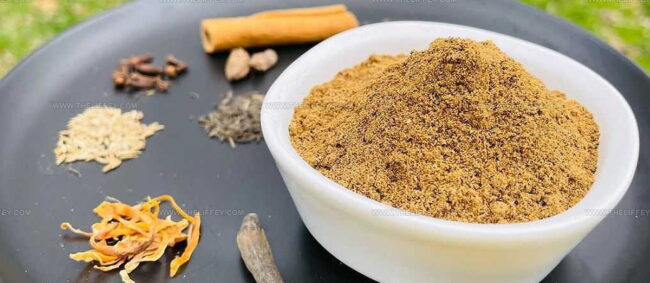
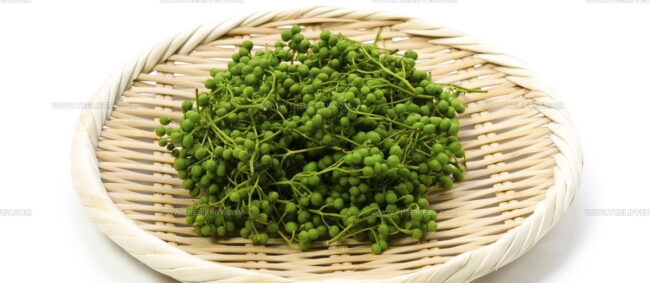

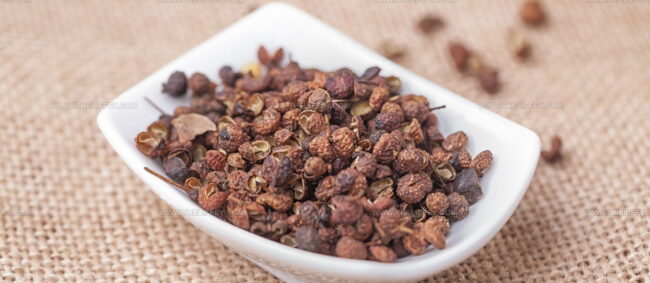
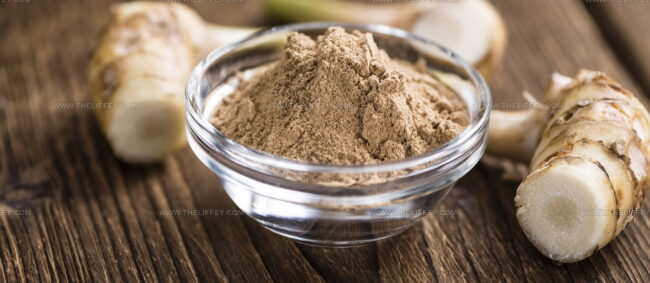
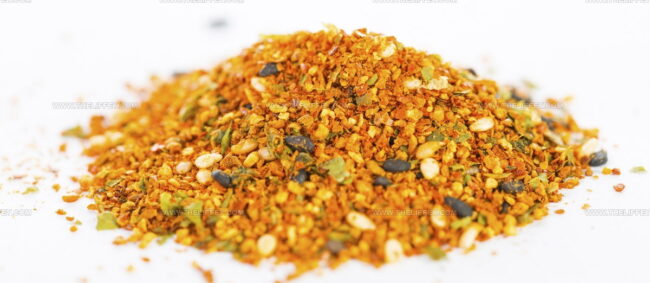
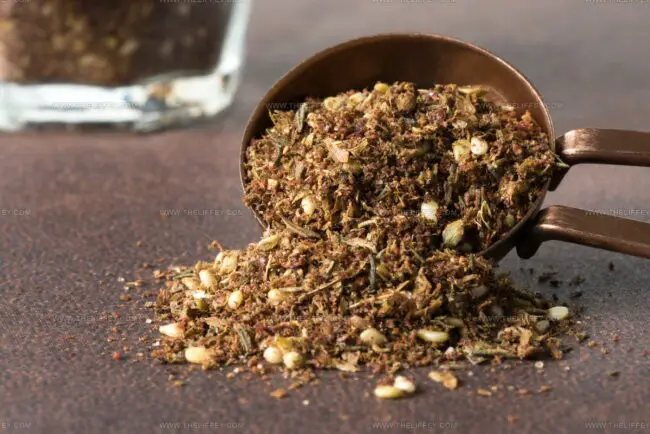
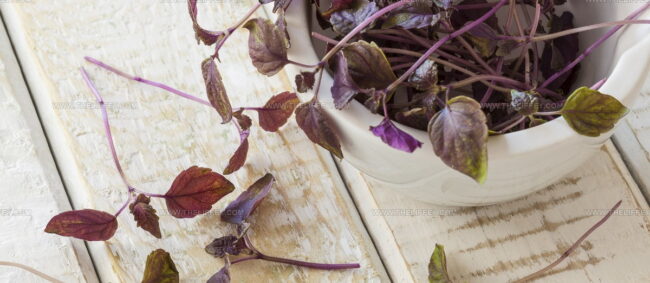
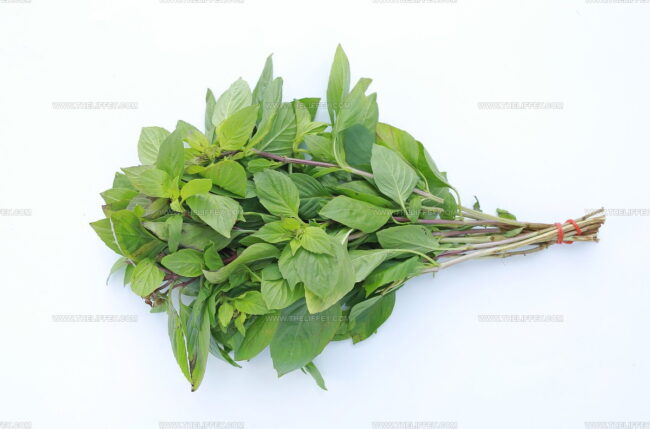
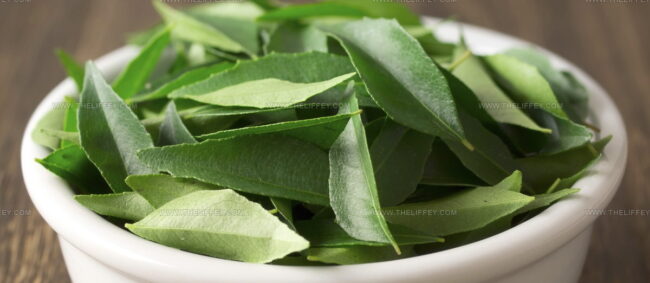
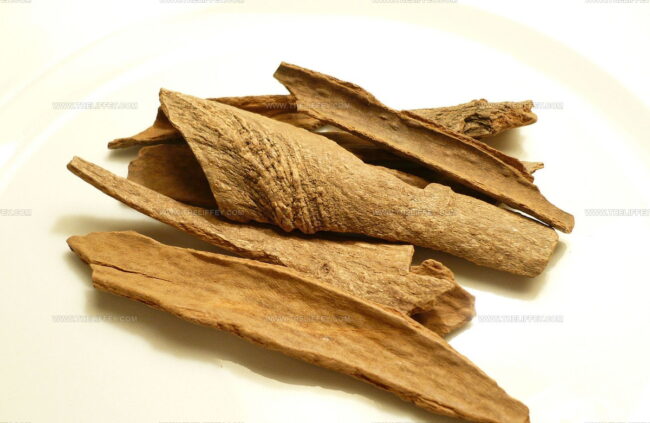
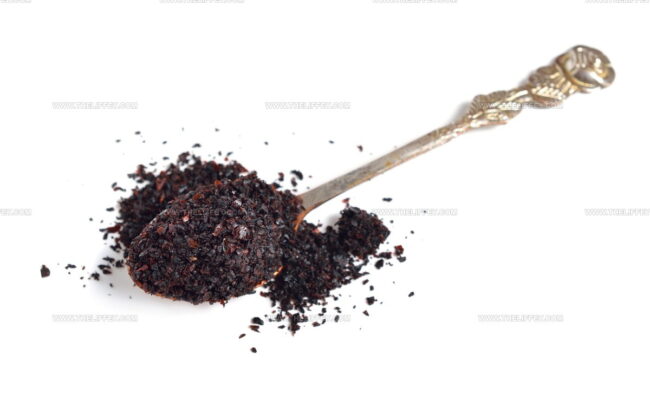

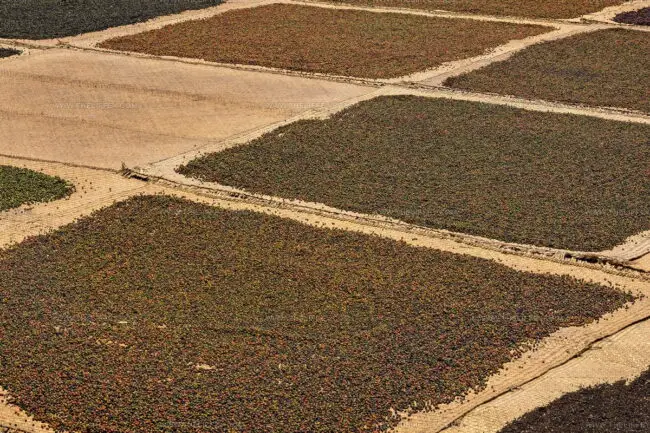

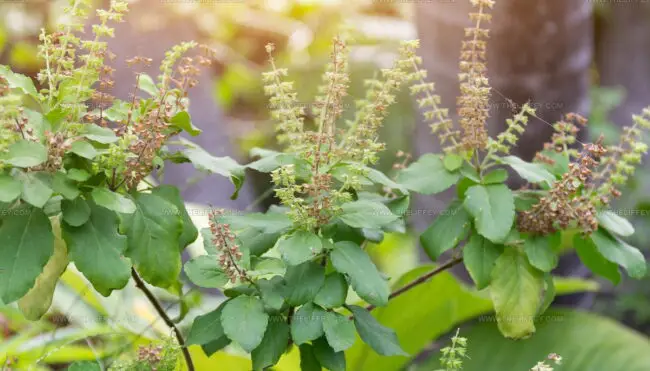
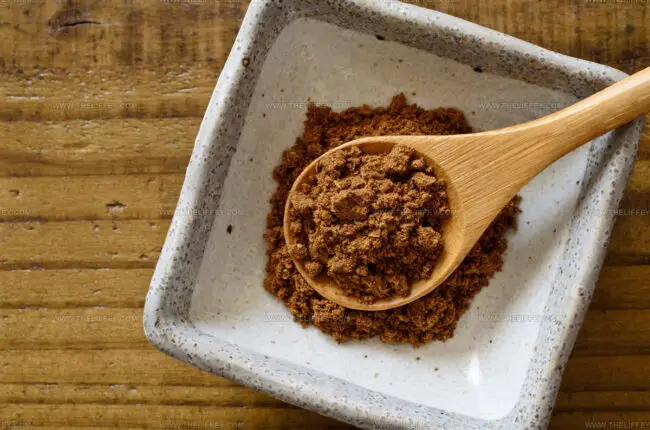
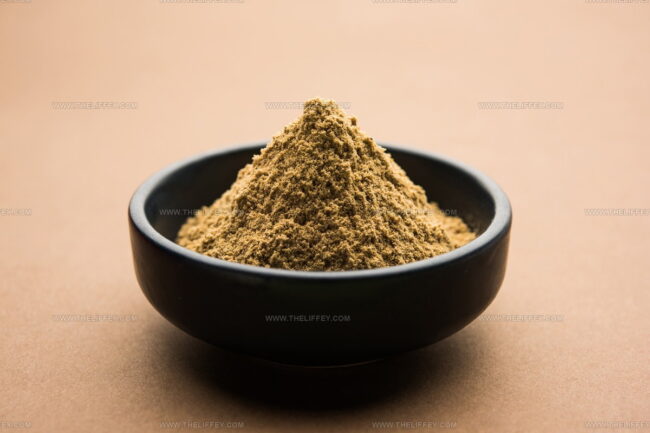

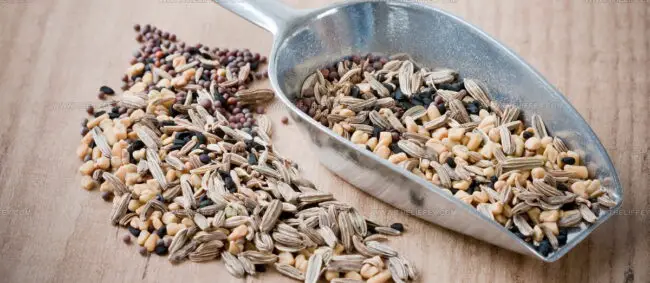
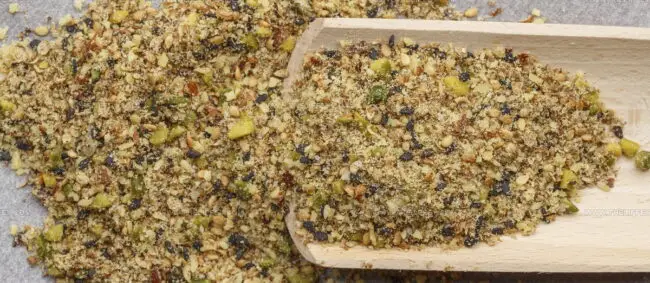
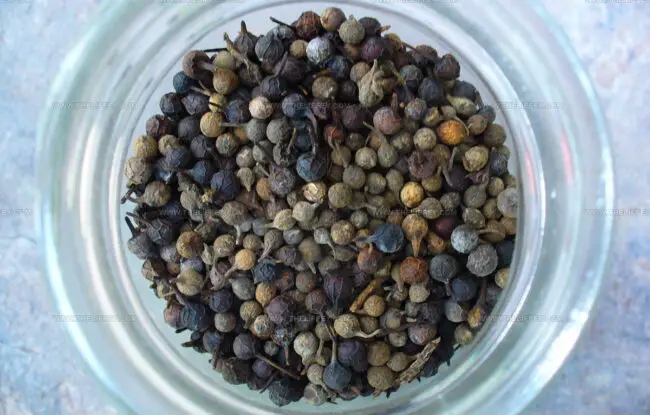


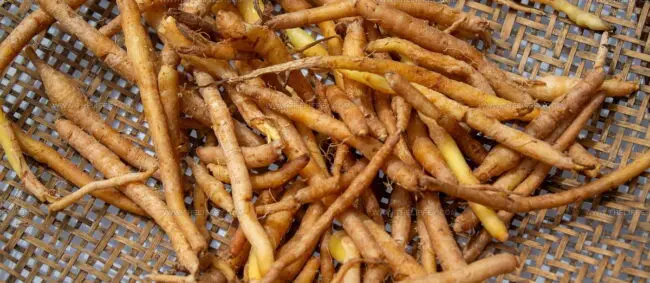

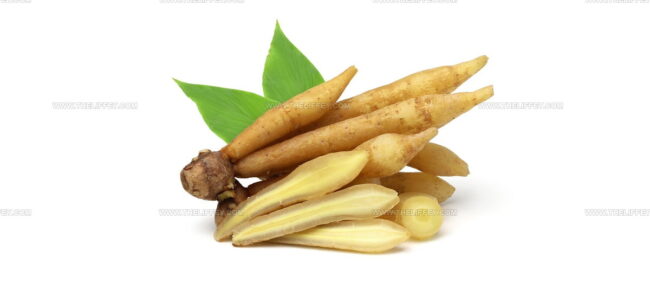

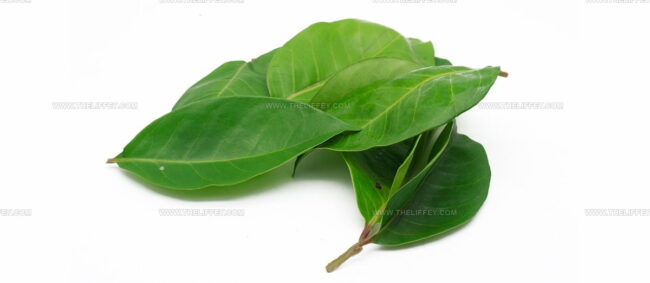
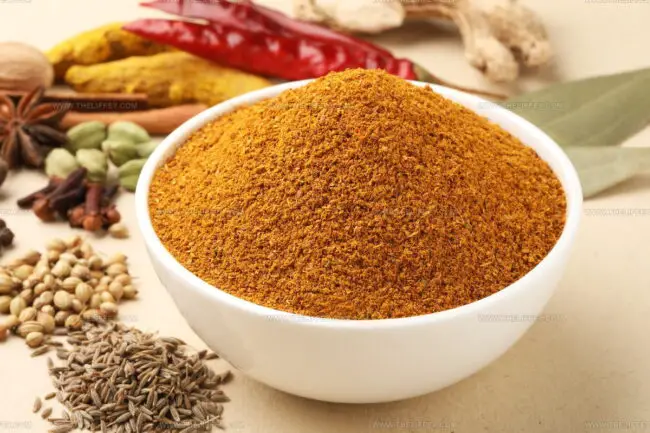
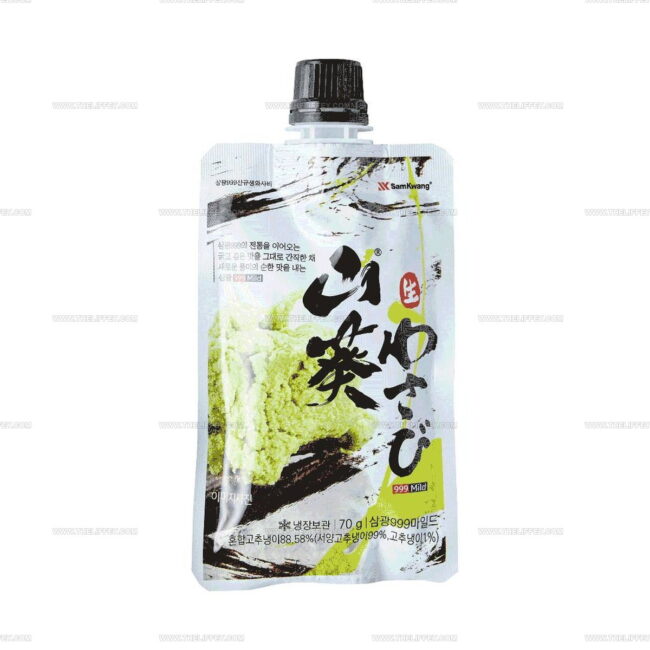
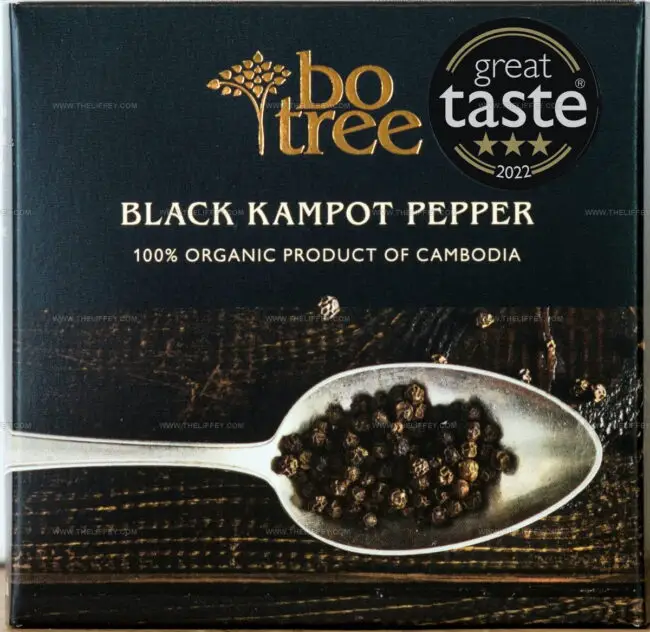
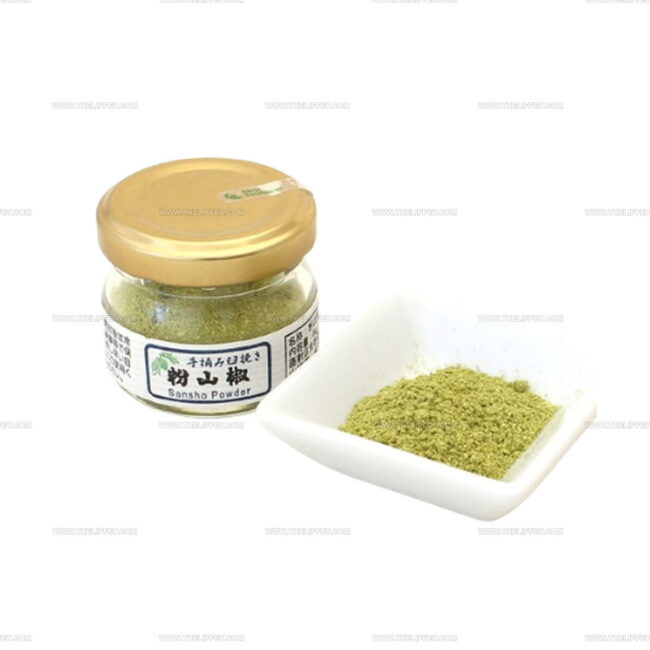
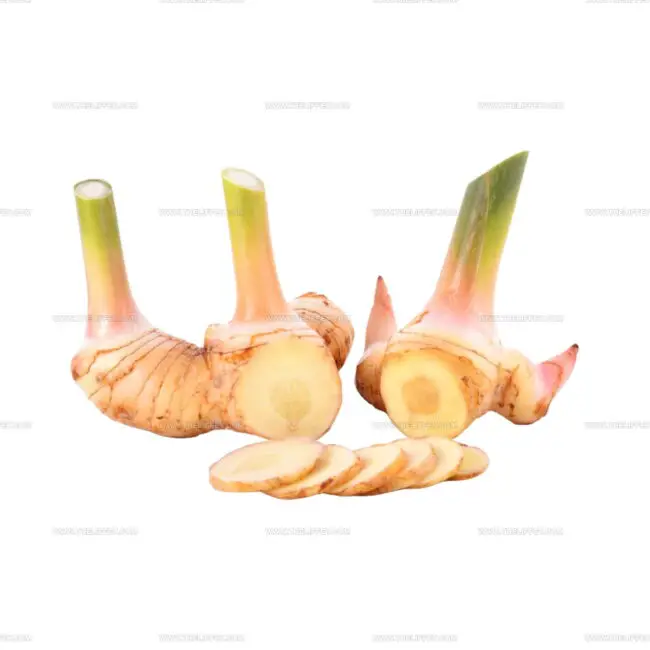
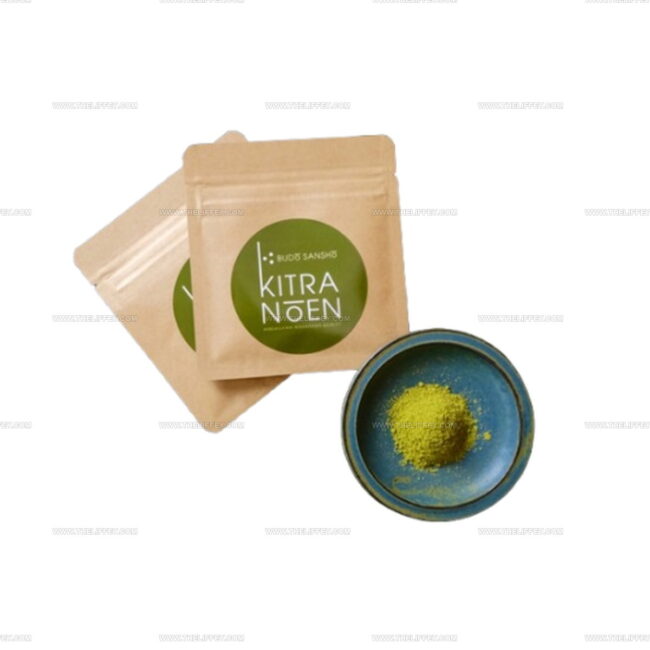
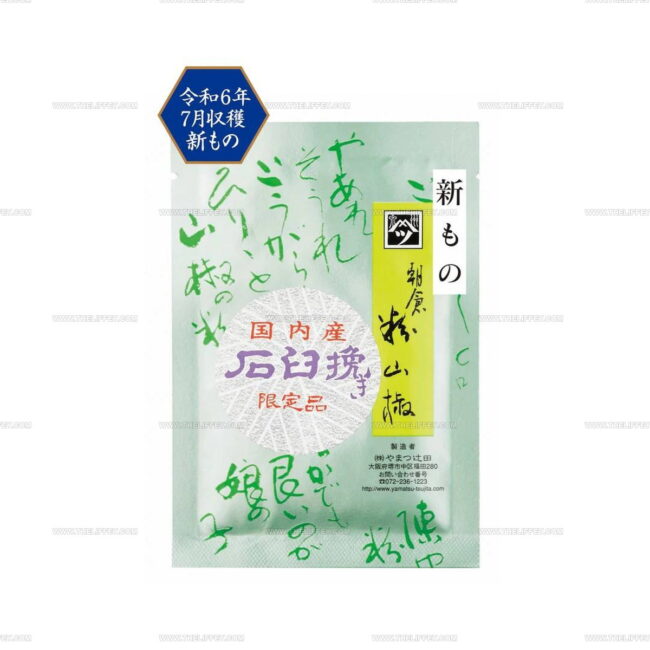
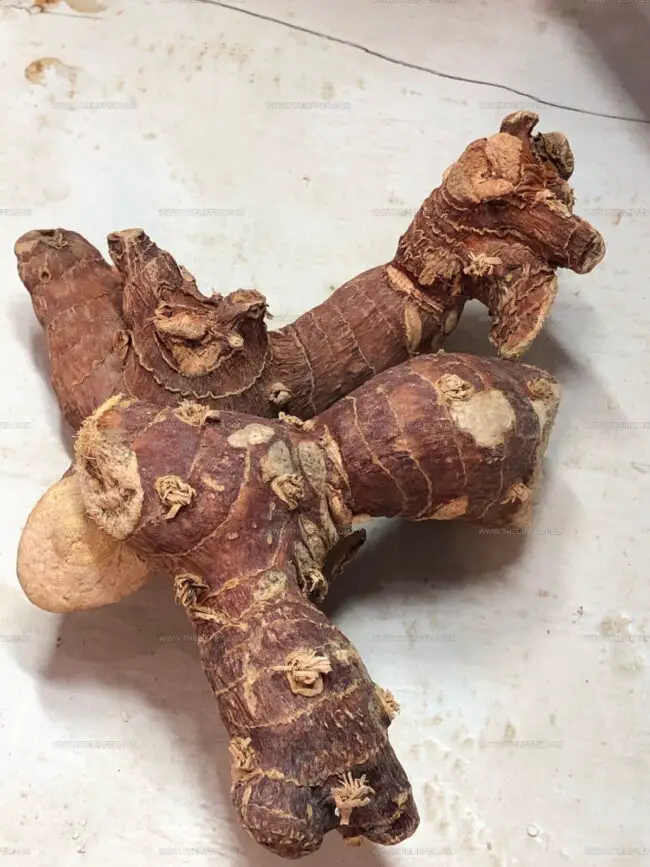
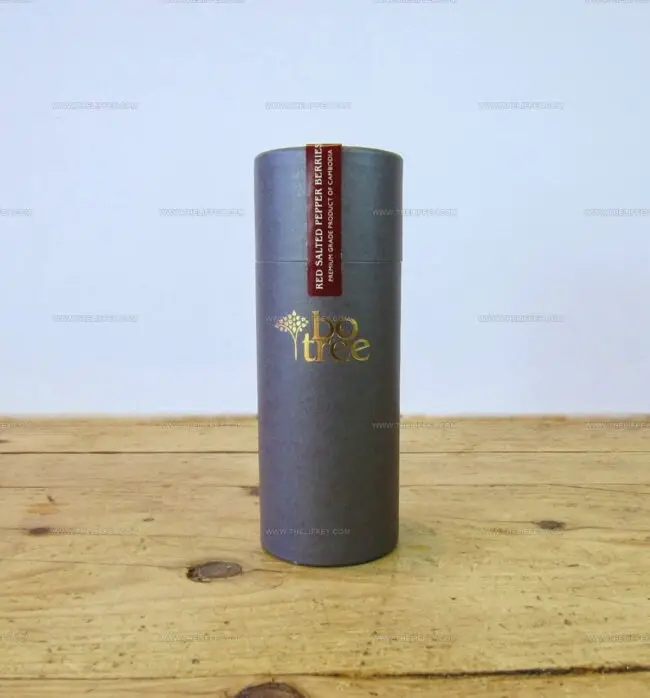
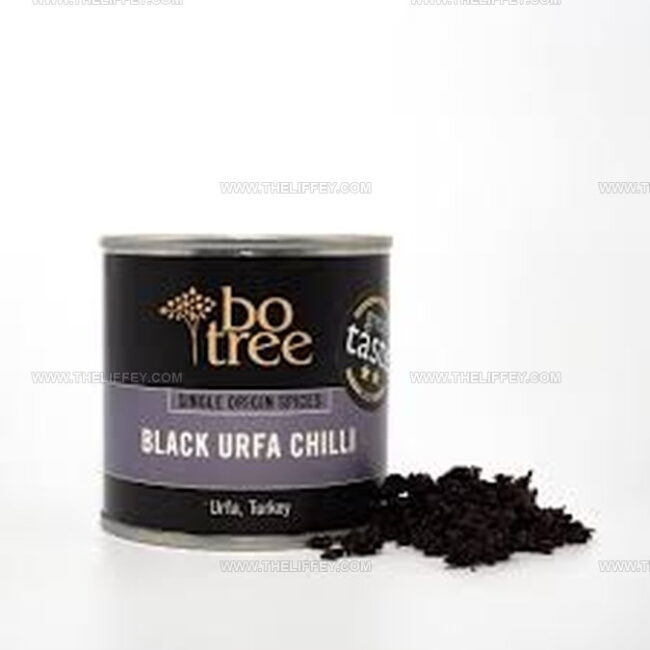
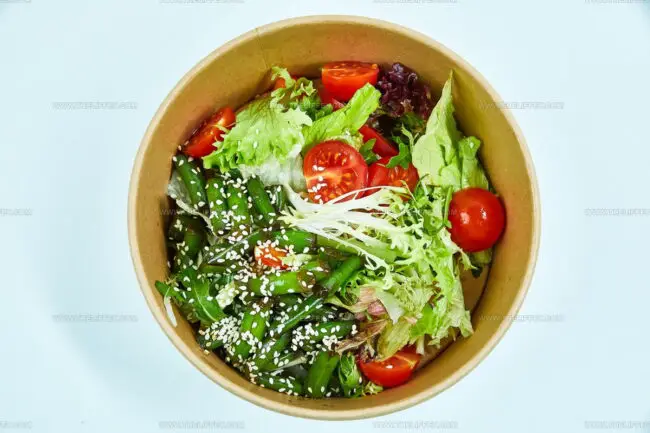
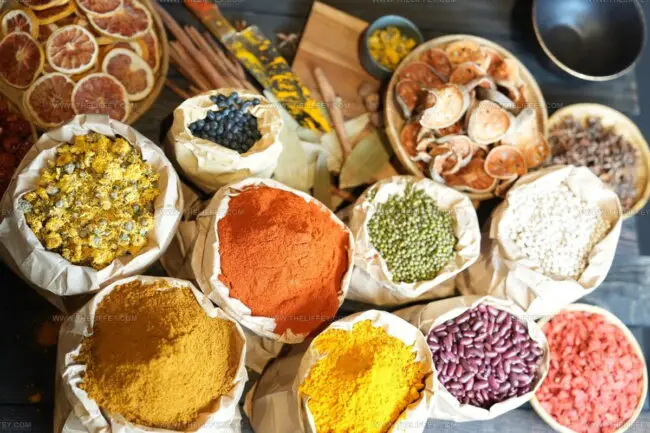
Amanda Bennett
Recipe Curator & Culinary Educator
Expertise
Baking and Pastry Arts, Recipe Testing and Development, Culinary Instruction, Food Styling and Photography
Education
Asheville-Buncombe Technical Community College, Asheville, NC
Diploma in Culinary Arts
Emphasized practical cooking skills, nutrition, and kitchen management.
Cambridge School of Culinary Arts, Cambridge, MA
Certificate in Professional Pastry Arts
Specialized in baking techniques, dessert presentation, and flavor profiling
Amanda’s roots run deep in the Southern hills, where every meal started fresh from the garden and every dessert came with a story. She trained at Asheville-Buncombe Technical Community College and sharpened her pastry skills at the Cambridge School of Culinary Arts, blending classic technique with everyday charm.
At The Liffey, Amanda’s passion is making baking and home cooking feel natural and joyful. She’s all about single recipes that are simple enough for a busy afternoon, but special enough to make someone’s day a little sweeter.